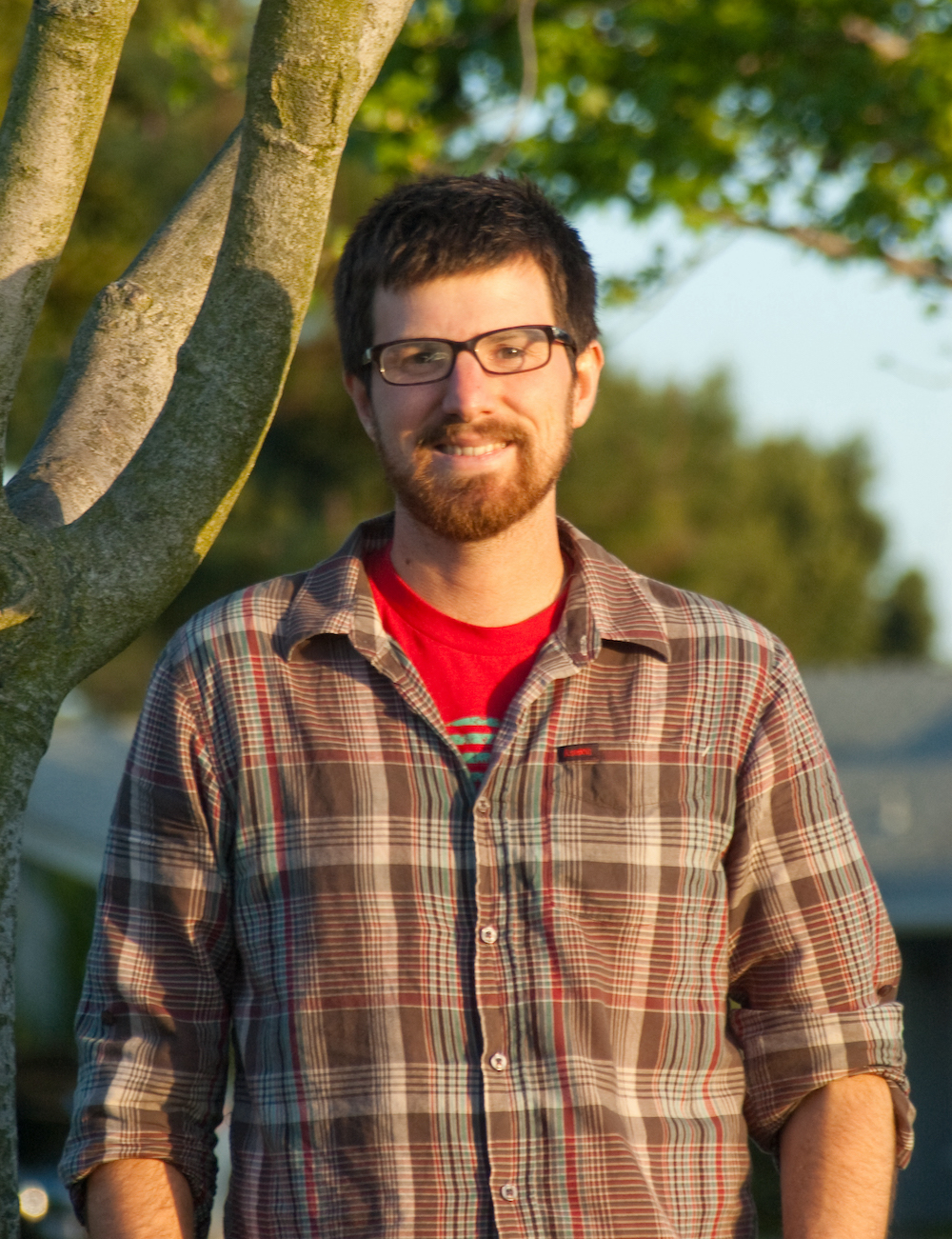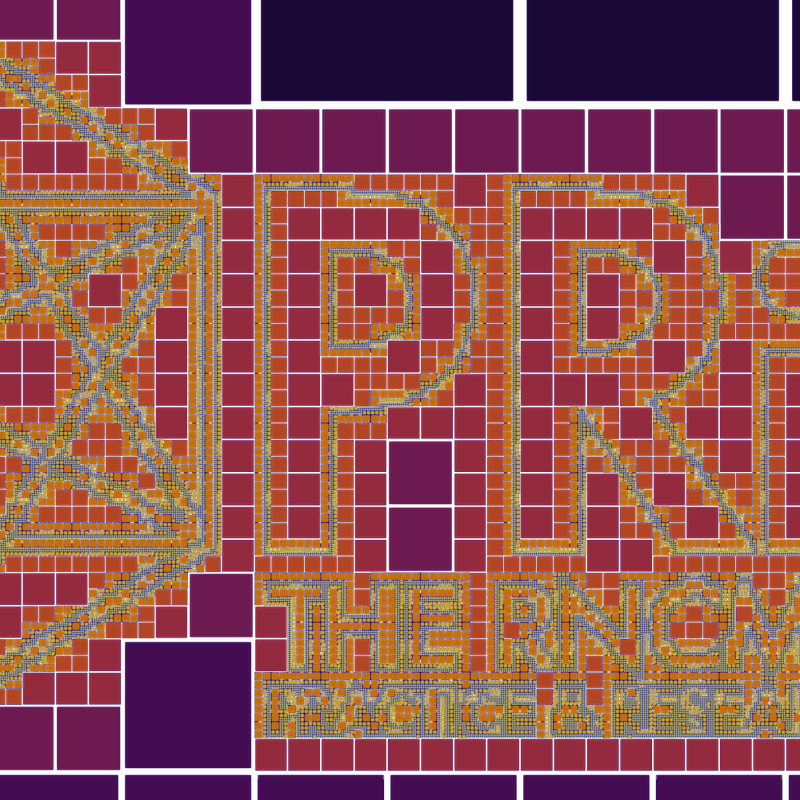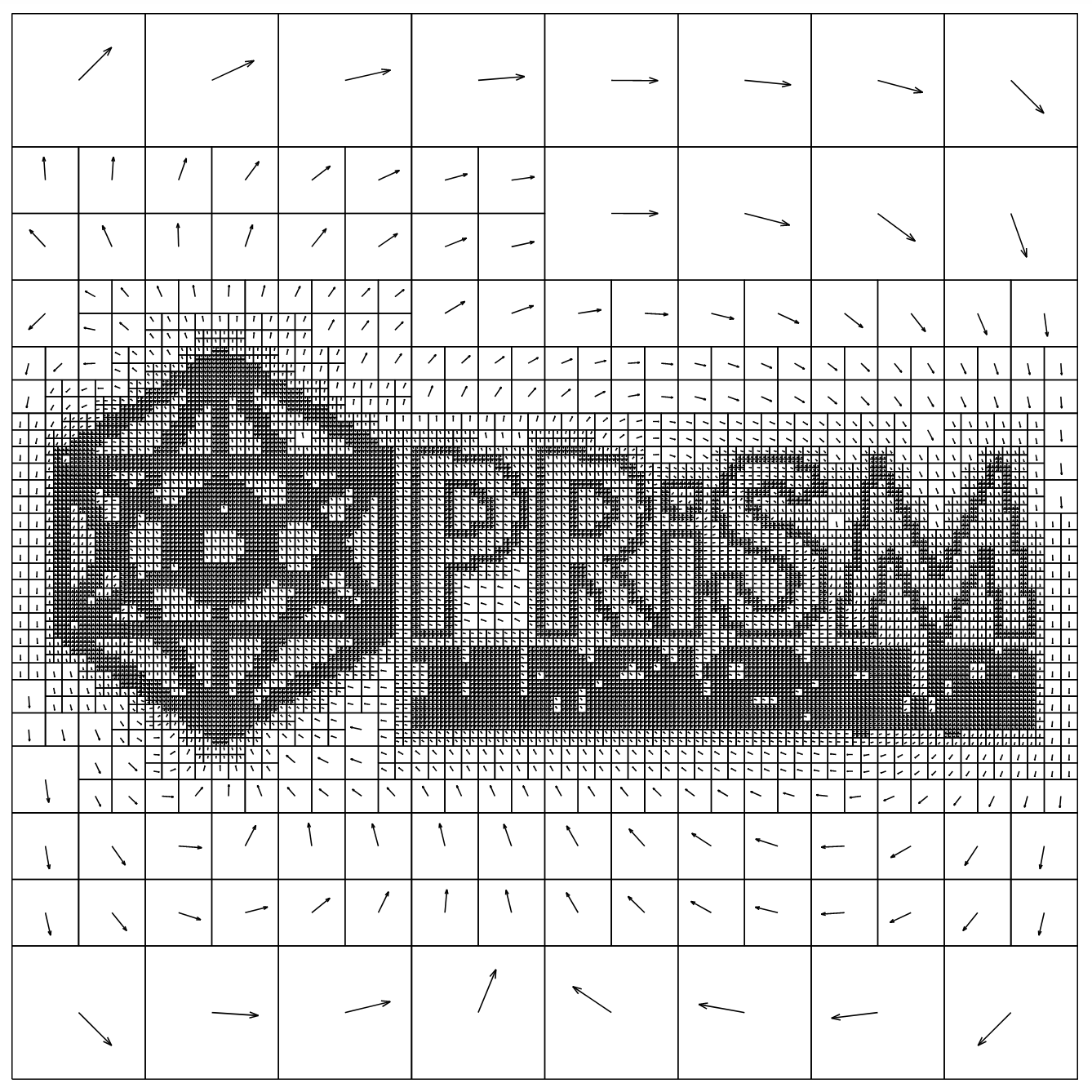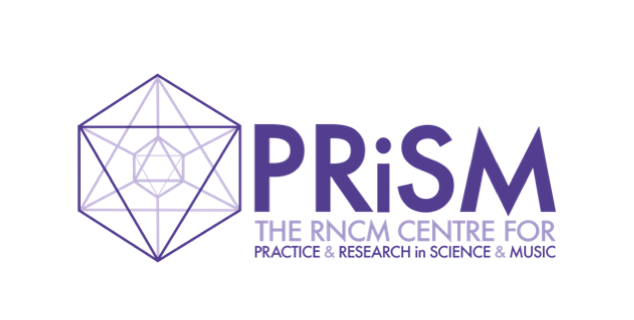Local Refinement in Computational Science and Music
PRiSM Scientist in Residence 2021 Update
16 August 2021
In March 2021 we welcomed 4 new PRiSM Associates, PRiSM Writers in Residence Abi Bliss and Leo Mercer, and PRiSM Scientists in Residence Rose Pritchard and Patrick Sanan. We introduced them and their projects here 2021 PRiSM Writers and Scientists in Residence. We wanted to check back in with them and see how their projects were developing. Here is the first update, from Scientist in Residence, Patrick Sanan.
Local Refinement in Computational Science and Music
by Patrick Sanan

PRiSM 2021 Scientist in residence Patrick Sanan
Computational science has been called the “third pillar” of science, along with theory and experimentation. It allows insight into complex processes which cannot be understood with traditional laboratory experimentation or pure theory. By performing simulations which apply physical laws on large and/or complex domains, understanding can be gained into the evolution of systems of great relevance. This is especially true in Earth and planetary science: an example relevant to my work is the question of how to model the formation and evolution of rocky planets over millions and billions of years, in an ongoing quest to better understand tantalizing facts, such as that Earth is the only planetary body we’ve observed with plate tectonics (except perhaps Europa, also the only one with evidence of life).
To build a model, you choose a suitably-realistic set of governing physical laws, described by a set of equations. Then construct a set of discretized equations which allow for the the solution of a finite number of values using a computer or networked cluster of computers. One turns to the fields of applied and computational mathematics to find efficient methods of solution for these discrete systems, along with deep analysis to quantify the accuracy of the generated solutions.
When modelling of systems such as the Earth, one quickly discovers that a very large number of degrees of freedom (unknowns) are needed to describe the solution of interest. For instance, many processes in subduction (the sinking of tectonic plates back into the mantle) need velocity and other quantities to be resolved at a resolution of 1km or less. Yet partitioning the globe into cells of that size would lead to an immensely large discrete system, which even the largest supercomputers would struggle with.
A way forward is to use locally-refined meshes, meaning that one uses smaller cells in areas where high resolution is required, and larger cells elsewhere. This requires more elaborate discrete systems and software, but can allow fundamentally new questions to be answered, that were computationally intractable before.

By introducing the additional complexity required to manage operations on locally-refined grids, computational methods can achieve higher overall accuracy with fixed computational resources.
These methods have an inherent beauty and elegance, in that they are all about balance: allocating attention and effort where it is needed, and allowing sparsity elsewhere. By using adaptive mesh refinement, they let the computational method adapt itself dynamically to the emerging solution of the problem, which is of course not known ahead of time.

Locally refined-meshes allow very high resolution at points of interest in a computational domain, here driven to resolve boundaries in an image of the PRiSM logo (zoomed in).
My research involves working with researchers searching for solutions to geophysical flow problems (particularly mantle convection) which describe slowly flowing rock in planets like Earth, and I am particularly interested in new algorithms for efficiently solving these flow problems on non-uniform grids. As part of the PRiSM Scientist in Residence Program, I am working with PRiSM composers, engineers, and researchers to explore how these elegant mathematical and computational processes can be connected with sonic and musical expression.

A simple Stokes flow simulation calculated on a locally-refined grid driven by the PRiSM logo.
These new algorithms and attendant visualisations are being developed into an open-ended tool to be used by composers, for inspiration and to directly generate data from simulations. In parallel, a interactive audio-visual installation is being developed which will use many of the same techniques, but with a physical display and interaction component.
It is also hoped that this will be a two-way exchange, in that the resulting tools, productions, and installation will allow audiences to appreciate the computational algorithms and Earth Science applications in a new and direct way that only art and music can access.


